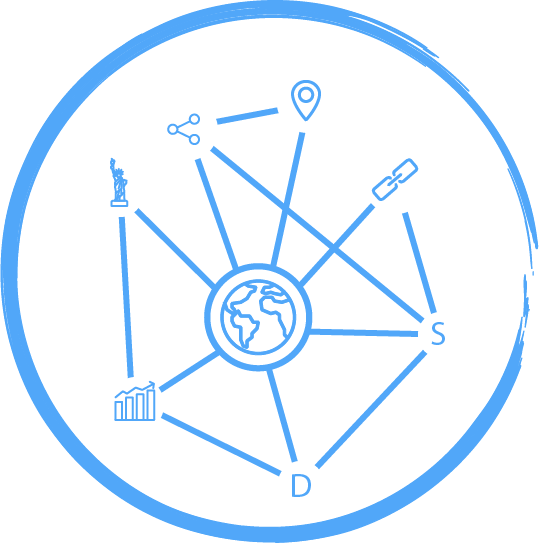Summary
Graphs are deceptively simple concepts: a set of individual Nodes (components) connected by Edges (relationships). In this very simplicity lies their power. They can describe the structure of our friendships, connections between airports, the spread of diseases from person to person, the relation of one concept to another, how species interact in an ecosystem or how computers communicate to form the World Wide Web.
Networks are the fundamental language of our increasingly complex world and the key to successfully understand it. By exploring in detail the way graphs can be used to explore, describe, analyze and understand empirical datasets we will put you at the forefront of this growing field.
In this tutorial we will use Python's NetworkX to build our understanding of network representations and algorithms by exploring real world network datasets such as the BTS airline transportation network, the BitCoin transaction network, the road network of OpenStreetMap, etc. Through this practical approach attendees will better understand the fundamental ideas and concepts that lie at the base of our increasingly complex world and take the first steps towards being at the forefront of this growing field.
Program
Airline Transportation Network – Weighted directed graphs
Degrees and Weights
Directed and Undirected Graphs
Weight and Degree correlations
OpenStreetMap – Navigating graphs
Breath First Search
Depth First Search
Dijkstra's Algorithm
BitCoin Transactions – Patterns and Structure in graphs
Weakly Connected Graphs
Strongly Connected Graphs
Graph Motifs
Twitter – Social Structure
Clustering
Network Diameter
Small World effect
Community Structure
MovieLens Dataset - Recommendations and Link prediction
Bipartite Networks
Network Decomposition
Node Similarity
Recommendations

